
It was the beginning of the new millennium when 9 years old me got introduced to the first Silent Hill.
My older brother comes back from work in the early afternoon, boots up our PS1 connected to our only TV in the house (a small CRT TV with contrast level way too high) and says: “Hey, I got this new game. It’s a horror game so don’t tell mom and dad that I showed you that”.
For whom who may not know Silent Hill, it’s a psychological horror game series based on a town which is shaped according to the mind of some people in it.
I agree with the consensus that Silent Hill is not a game suitable for kids, but back then it was wild: PEGI in Europe was still not invented, and the world was still blaming Rock music for violent teenagers. Not the ‘80s but wild nonetheless.
I was also already introduced to horror media: Tommy Lee Wallace’s “IT” and Friedkin’s “The Exorcist” watched at a friend’s house as a dare had already put a dent in my ability to fall asleep.
That was some scary stuff… but as you will understand by this Silent Hill analysis, this game takes the cake as it managed to ignite a deep fear and passion in me, at the same time.
Why is Silent Hill Scary?
First, let’s talk about a possible reason why Silent Hill – or any other horror video game, really – can be scarier than a movie from a psychological standpoint.
A movie can be incredibly scary, but it is a passive experience: something happens to somebody somewhere, while you watch that unfolding from the comfort of your sofa.
In Silent Hill, that ‘somebody’ is directly controlled by you, putting you on the spot. Jamie Madigan in one of their articles explains that this additional immersion is referred to as “Spatial Presence”, which basically lets the player project themselves into the videogame scenario they are playing.
Now, 9 years old me was less skeptical (and way less cynical) than my 31 years old me and did not know anything about videogames and horror tropes. Because of this, the Spatial Presence was more amplified in comparison.
The fact that the concept behind Silent Hill was incredibly unique had also greatly helped.
Silent Hill’s Narrative Layers
Seen from the highest level, Silent Hill is the story of a father looking for his lost daughter after a car crash near a city infested by monsters. Many players can finish the whole game and keep this level of knowledge up until the end while enjoying the beautiful atmosphere.
They don’t need to know that the city has a terrible secret involving a cult and drug addiction.
Figures, then, if they need to know that the city they experience is not even real, but a projection of the other half of the main character’s daughter’s soul.
Crazy huh.
If you are reading this and you know what I am talking about, here’s a high five.
If you don’t, hey, you will feel closer to 9 years old me. I had no idea how mind-blowing the whole experience was going to be.
So, to better capture the spirit of the game, let’s start with the town’s origins.
Silent Hill Lore #1: The Order
What it was clear while writing my Silent Hill analysis, was that the citizens of Silent Hill are a weird bunch. They formed a cult, called “Order”, which pretty much controls the whole city. This isn’t some Scientology, though: their goal is to give birth to their god through sacrifice involving a dark ritual. Said god is supposed to lead the world to a paradise where no bad things happen. Meh.
Nasty stuff, isn’t it? Were all the locals evil? Why did nobody rebel?
The high members of the “Order” were keeping the underlings in check by getting some of them addicted to a psychedelic drug referred to as “PTV”. Being the sole dealer and manufacturer, they kept faith through monopoly.
The “Order” cult leader is Dahlia Gillespie: a woman completely faithful to her religion. She is known for practicing dark magic and for being incredibly abusive to Alessa, her daughter.
Alessa is a girl born with incredible psychic powers which she starts to manifest ever since she was a baby.
These powers did not cope well with her every-day life since she got labeled a witch at school and bullied.
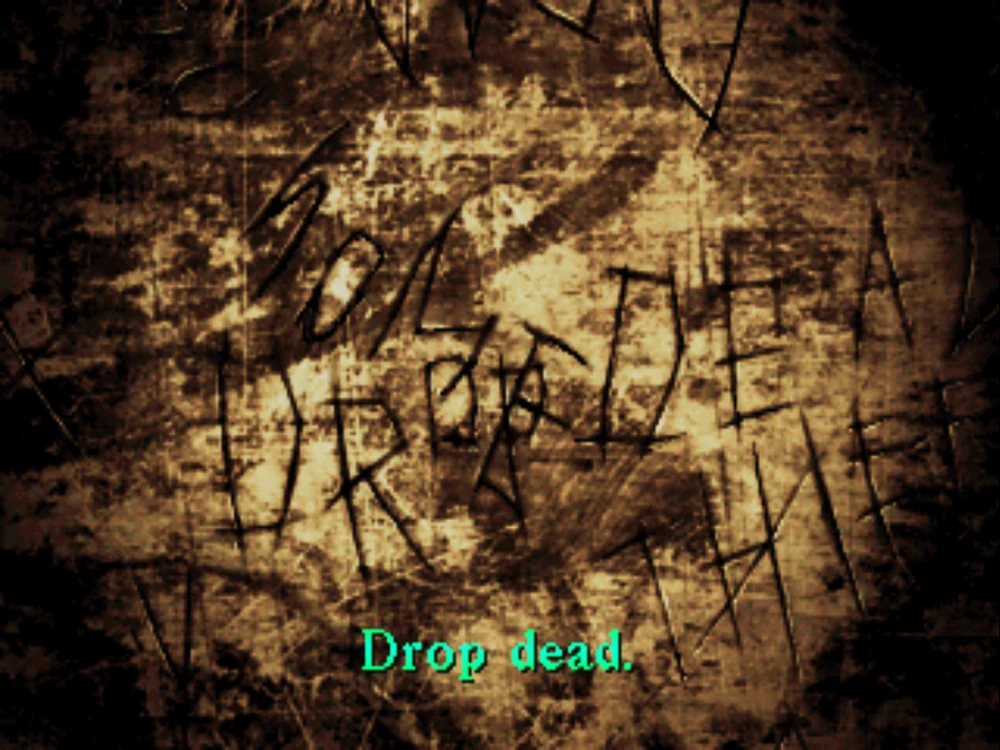
Growing up, Alessa resents and rebels against the Order’s religion, especially after Dahlia told her that she would be the sacrifice.
Dahlia, who seems like she can profit from reading a book or two about parenting, decides to physically abuse her daughter to change her mind. Needless to say, that tactic did not work out.
Alessa tries her best to escape the grasp of her mother, but the Order is everywhere and everything involving Dahlia’s abuses is hushed very quickly.
The cult leader has won, and now the ritual can begin. But wait. What’s this ritual all about?
Silent Hill Lore #2: The Ritual
Saying that Alessa was going to be merely a sacrifice does not do justice to the magnitude of atrocities that she had to suffer in order to give birth to that god.
Alessa was meant to be impregnated by Dahlia’s dark magic, weakened by drugs and physical pain to let the god take over her body, and only then killed in the process of child birthing. And hey, almost all of this happens.
The ritual is rushed in Dahlia’s own house, Alessa is drugged and SET ON FIRE… but something happens. In the attempt to escape the excruciating pain she is undergoing, Alessa uses her psychic abilities to split her soul in two, creating another entity – a little girl – which will be the main catalyst for our journey into Silent Hill.
The flames take over the house and part of the district.
The ritual has failed.
Seven years later, we play as Harry Mason…
…and we are going on a joyful trip to Silent Hill after our adopted little girl, Cheryl, recommends that we take a breather in a resort there. Not only did we agree, but we brought her with us.
I am not going to narrate the whole game, because there are topics that would deserve an article of their own. Don’t worry, dear reader, since knowing only the first 7 minutes is going to entice you enough to either play or replay this title.
When we boot up the game, we are welcomed by a skippable cutscene which introduces us to some of the things we are going to experience in the game. This is something that is still used in many games even today, which I promptly skip to not get spoiled… but in Silent Hill it had a twist.
You see, if you decide to skip the cutscene you will start straight up after Harry Mason has an incident with his car. That cutscene gives you some scenes which explain what happens before that are not present in any point of the game afterwards.
Let’s recap only these scenes involving our “hero”:
- Harry and his wife find a baby.
- Harry drives in the night while said baby, now a little girl, sleeps in the passenger’s seat.
- A police officer riding a motorbike follows Harry and later surpass his car.
- Harry later sees the same motorbike on the ground at the side of the road.
- A young woman appears in the middle of the road, forcing harry to make a sharp turn to avoid her.
- Harry crashes his car and faints.
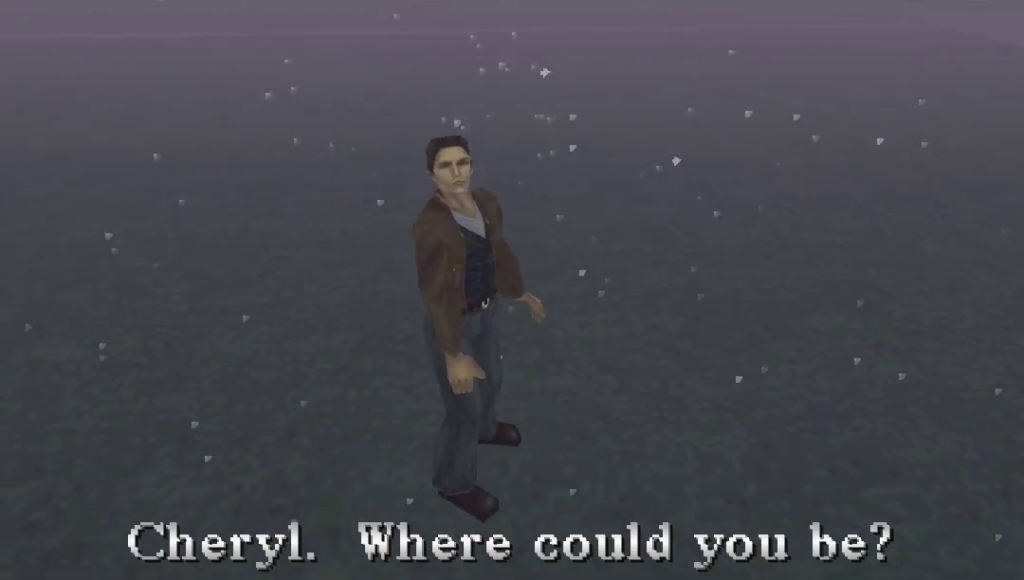
Is this additional knowledge necessary? Again, the answer is no. Scene #5, however is important for the sake of the lore: that young woman was Alessa’s own mental projection.
But we are Harry Mason, and aside from the fact that we have no idea who Alessa is, right now we have a much bigger problem since Cheryl is nowhere to be found.
A sense of urgency pushes Harry towards the town.
The Use of Mist in Silent Hill
From waking up and up until reaching the town, Harry is surrounded by mist. He sees a little girl resembling very much Cheryl, so he goes after her.
The mist is considered one of the most iconic elements in the entire series, even though not even close to the oversold Silent Hill 2’s Pyramid Head.
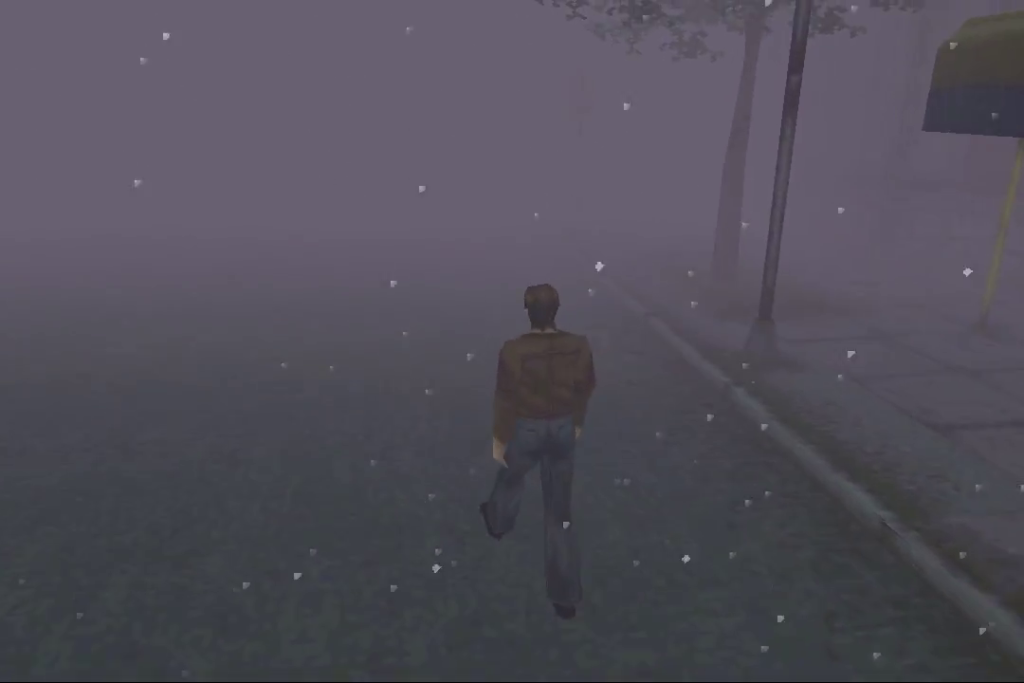
Most of you readers will know by now that the mist was first designed as a tool to hide the need to load textures and polygons and avoid tedious loading screens. Team Silent (Silent Hill’s developers) had this brilliant idea to proactively transform hardware limitation into a pure, ominous atmosphere.
Ordinary Out of Ordinary: Disturbing Encounters in Silent Hill
While following the girl, Harry enters an alley, and it is welcomed by gore. Something is definitely dead on the floor… and when I mean dead, I mean very.
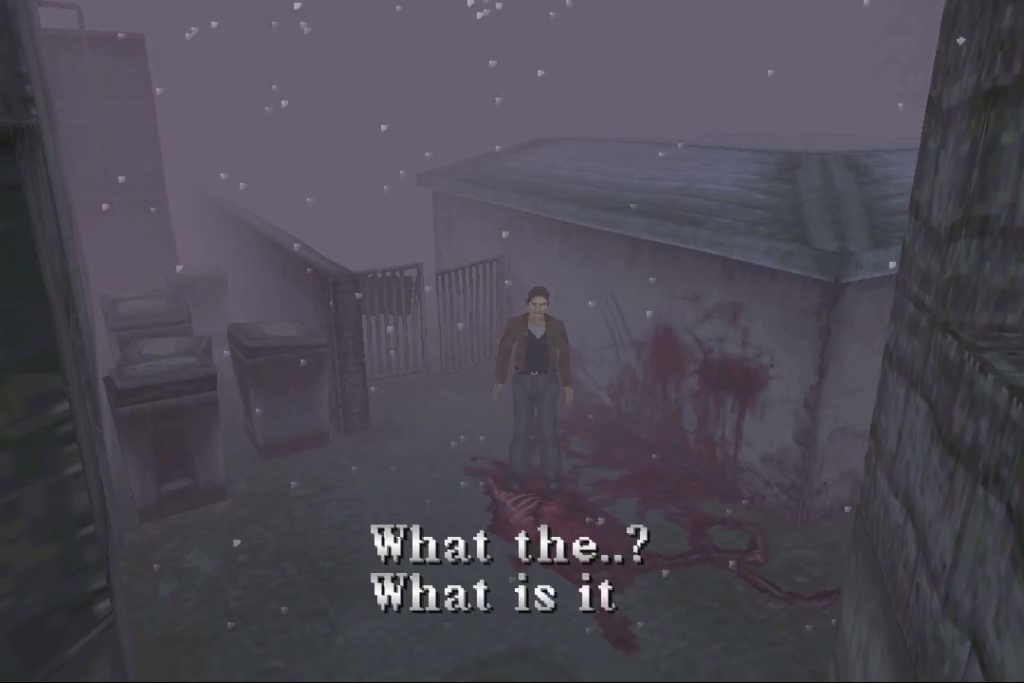
More creepy things are in Harry’s way, including an overturned wheelchair with a wheel still turning and a hospital bed with a corpse covered by a bloody sheet on it.
In one of his insightful video analyses, Josh Strife talks about these scenes and proceeds to explain that those are examples of what makes Silent Hill truly frightening: it actively takes familiar objects and places and either twists them or puts them in an unnatural context.
The dark suddenly descends; a siren can be heard in the distance and Harry, with the aid of a lighter, makes his way to a dead end which sees a corpse hanging on barbed wire.
The world around him has changed drastically.
Explaining Silent Hill Nightmare World
The siren mentioned before is, for many Silent Hill fans, nightmare fuel. You know that if you hear it in the game, manure is about to hit the fan.
Generally, the world changes, and rusty metal grids replace the floor and walls and only your sources of light can fend off the newly found pitch black darkness. In other entries of the series, the nightmare world is shaped differently according to the mind that influences it: a notable example being the oversexualized world created by the mind of James Sunderland in Silent Hill 2… but that’s another article for another masterpiece.
This version of the nightmare world is influenced by Alessa’s mind, and the alternance between ‘normal’ and ‘nightmare’ is influenced by her present condition. She is still alive, but she’s not doing so good.
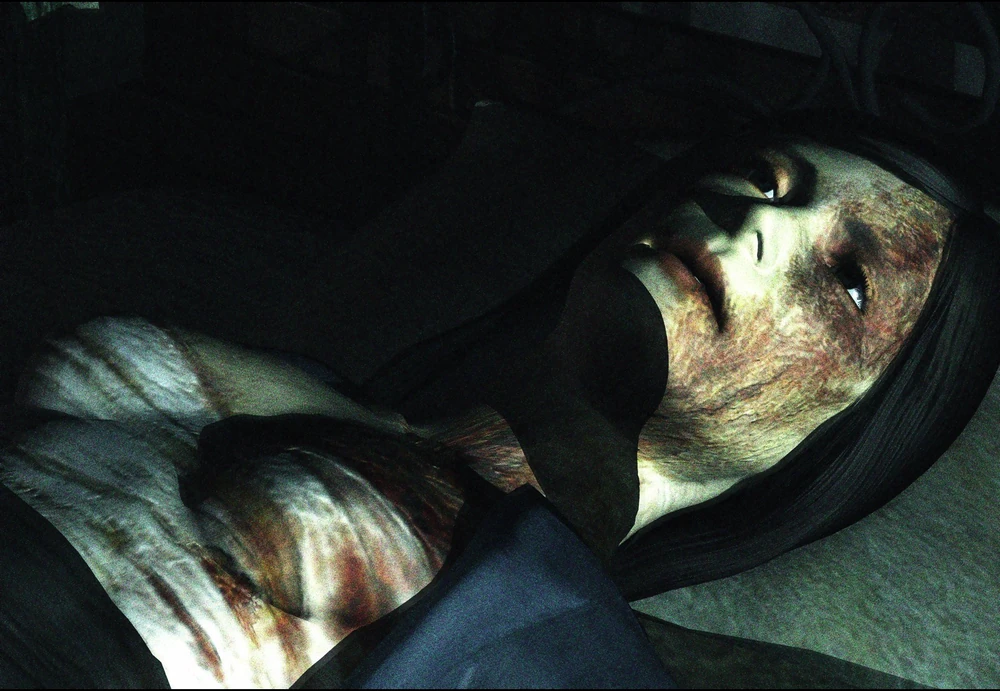
Both versions will have in common most of monsters, which also represent some of Alessa’s fears: the short monsters with knives are the kids bullying her, while nurses and doctors controlled by parasites are her fear of the hospitals, just to cite a few.
Your first experience with the nightmare world will end up with the death of Mr. Mason by stabbing: the aforementioned monsters with knives come out of nowhere and there is no way to run. The previous road is now blocked.
Seeing that we have talked about the famous siren which helps transition between the world states, it is the perfect moment to talk about the art and sound design of Silent Hill.
Accomplish Fear Through Audio and Graphics
When I was younger, I used to write music for theatre plays and I followed an inspiration guideline that went something like: “Use Uematsu for almost everything, Zimmer for tears, and Yamaoka to make the audience **** their pants”.
This last gentleman, Akira Yamaoka, which happens to be the music composer and sound designer for the Silent Hill series, takes the concepts of a mind slowly going crazy and transforms it into music and Industrial noises. It is crude, almost primal, and perfectly resonates with the concept. This also bodes masterfully with the graphics and camera work.
There is just something about 1st generation 3D games that is naturally scary for me. Again, I am no psychologist, but I guess that low resolution forces our brain to step in and fill the voids. This automatically makes us more involved in the content.
Another reason to get more involved is the direction: this game is treated like a movie in the way the camera is used. Going back on that very alley Harry was in, we are already introduced to some camera shots that were just mere fantasy for the game industry of that time.
Up until that moment we were used to 3D models navigating in a fixed camera with 2D backgrounds. Silent Hill used a mix of fixed and free camera depending on the goal of each location, while also having fully rendered 3D backgrounds.
Anyway, now Harry Mason is dead. Or is he?
Conclusions: A Traumatic Awakening and The Journey Ahead
Nope. He wakes up in a restaurant and meets Cybil Bennet, the police officer from the cutscene. Yes, you guessed it: it’s a “that was just a dream” trope.
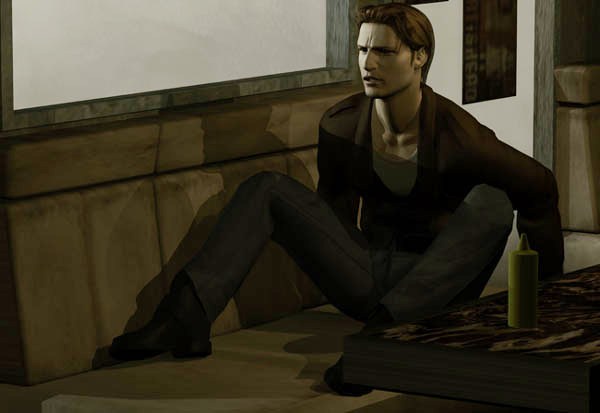
7 minutes into the game, as promised. Trauma was promptly instilled, and quickly became a genuine fear of the dark that accompanied me up until my mid-20s. Good times.
The rest of the game shines a light on what happened before Harry’s arrival (which we partially covered before), and offers the player several endings, from very bad to very good, which again is a topic that deserves an article of its own.
And talking about endings, here we are, at the end of this article. I really hope that you, reader, felt even the slightest hint of nostalgia by reading this Silent Hill analysis and, if you never played Silent Hill, I hope that I got you curious enough to experience this masterpiece by yourself!
Interested in video game lore? Here are article regarding Dark Souls and Hollow Knight lore for you!
Final Fun Fact: I live now near a firefighter station that sounds the same Silent Hill siren each first Wednesday of the month for training purposes… and it is AWESOME.
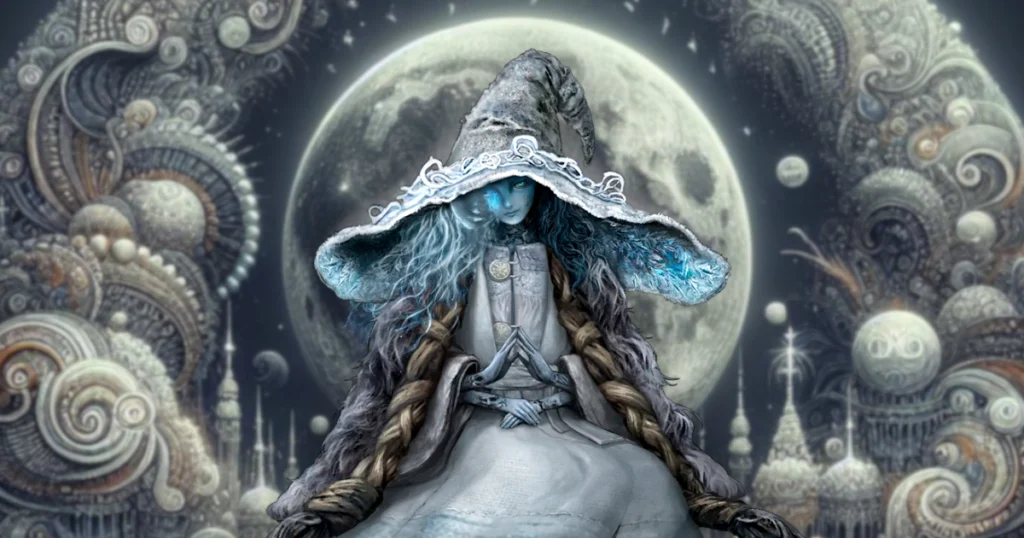
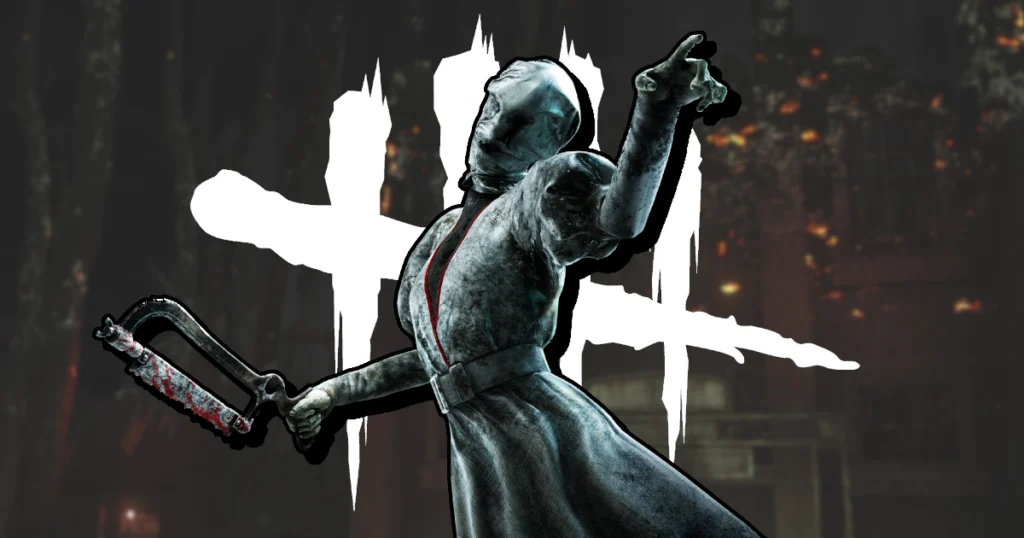
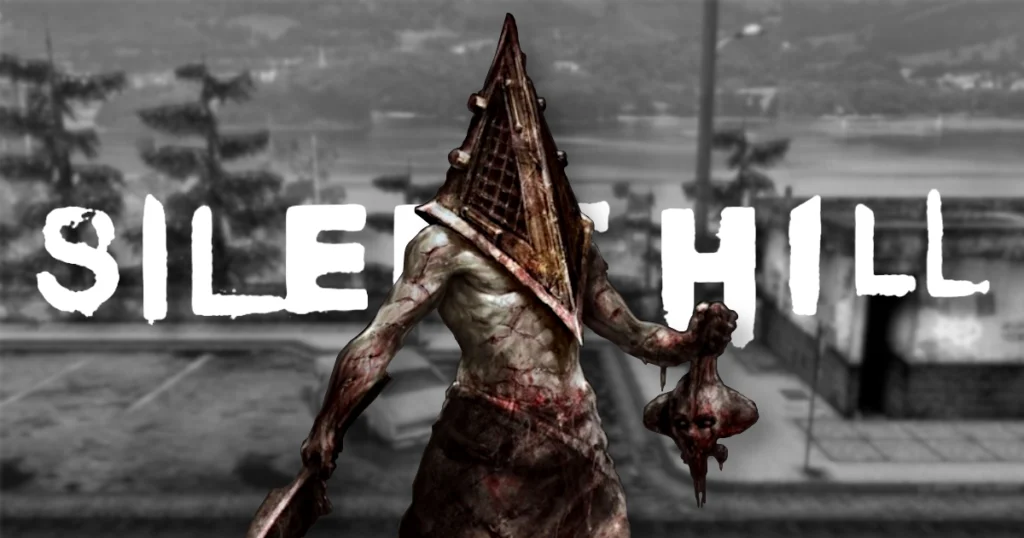

Pingback: Dark Souls Lore: What Happened to Lordran?
Pingback: The Nurse Complete Lore and Controversies – Dead By Daylight
Pingback: Pyramid Head: an In-Depth Analysis – Silent Hill 2